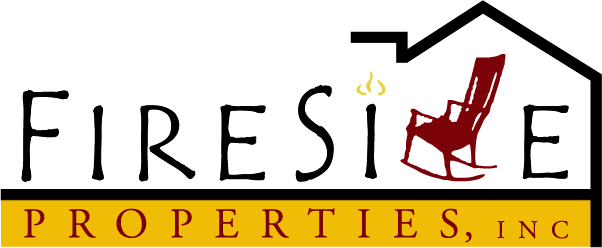 As a board member of a homeowner association, part of your job is to handle HOA rule enforcement. Every organization has a firm set of regulations in place to protect the members of the community. All residents must agree to the Declaration of Covenants, Conditions, and Restrictions (CC&Rs). But just because owners know the rules doesn’t mean they will always follow them.
As a board member of a homeowner association, part of your job is to handle HOA rule enforcement. Every organization has a firm set of regulations in place to protect the members of the community. All residents must agree to the Declaration of Covenants, Conditions, and Restrictions (CC&Rs). But just because owners know the rules doesn’t mean they will always follow them.
HOA board members have to remind residents of the rules regularly. And there may come a time when enforcement is the only solution. Enforcement regulations vary by location and the language of the CC&Rs. Keep reading to learn more about the most common procedures.
Basic Procedures for Regulation Enforcement
The HOA needs to understand the basic procedures of both their CC&Rs and bylaws before taking action against a resident. Not following these regulations opens up a can of worms and can lead to a lawsuit. Each community may have different procedures, but most of them share the same core steps. Here are a few:
- Discuss and bring a violation up for a vote during a board meeting to determine if enforcement is necessary.
- Send a violation notice to the resident. The CC&Rs should state how many times and in what manner board members should notify the owner.
- Require a response from the resident to ensure they received, read, and understand the violation notice.
- Give the resident a set time to correct the violation. Most HOAs allow 30-90 days, depending on the offense.
- Allow the resident an opportunity to speak directly with the HOA regarding the violation.
- Approaching residents in a non-threatening manner is always the best option. In many cases, the offender will attempt to correct the situation before it escalates.
The Second Step of Rule Enforcement
Sometimes notifying a resident doesn’t resolve an issue. In these instances, it’s up to the HOA to move on to the next step. The HOA may issue fines, suspensions, or other punishments. The HOA board should double-check local jurisdiction to ensure they act within their rights.
Many HOAs issue fines for owner violations. They may also suspend the resident’s access to community amenities, such as the pool or gym. Under more extreme circumstances, the HOA may be able to enter the owner’s home. As a last resort, it may be necessary to place a property lien or sue the resident. However, it’s best to exhaust all options in your CC&Rs before taking legal action.
Know Your Enforcement Rights
Managing an HOA isn’t an easy job. And, although most owners will happily abide by the rules, you’ll always run into a few bad apples. At Fireside Properties, Inc., we can help resolve any HOA management conflicts in the community without creating more discourse. As your HOA management team, we’ll handle all resident violations in a respectful and timely manner. So, connect with us to turn your HOA rule enforcement over a team you can trust.

